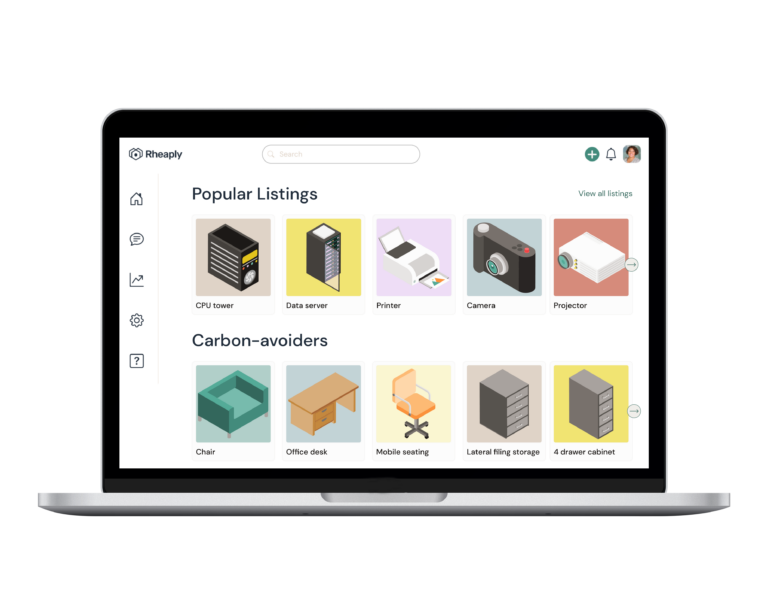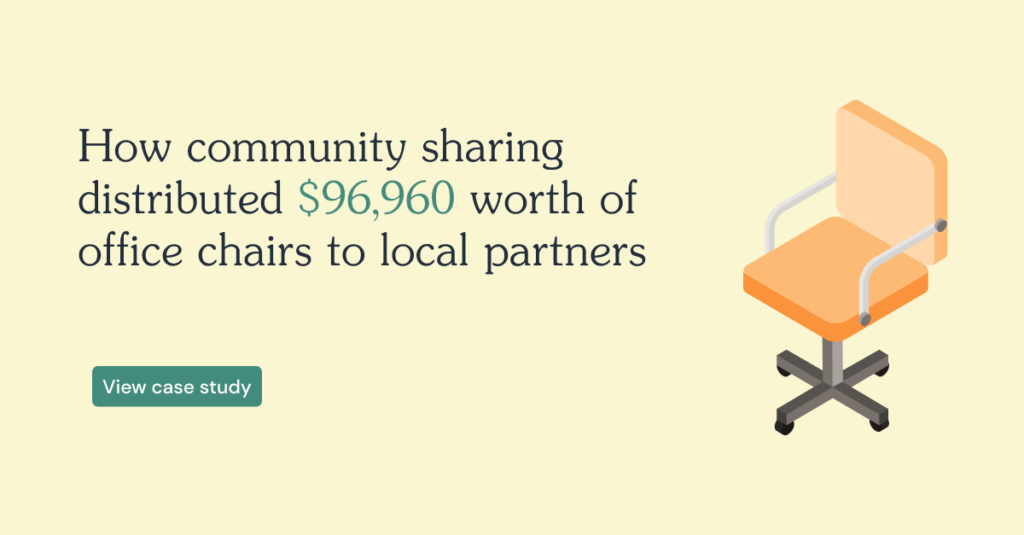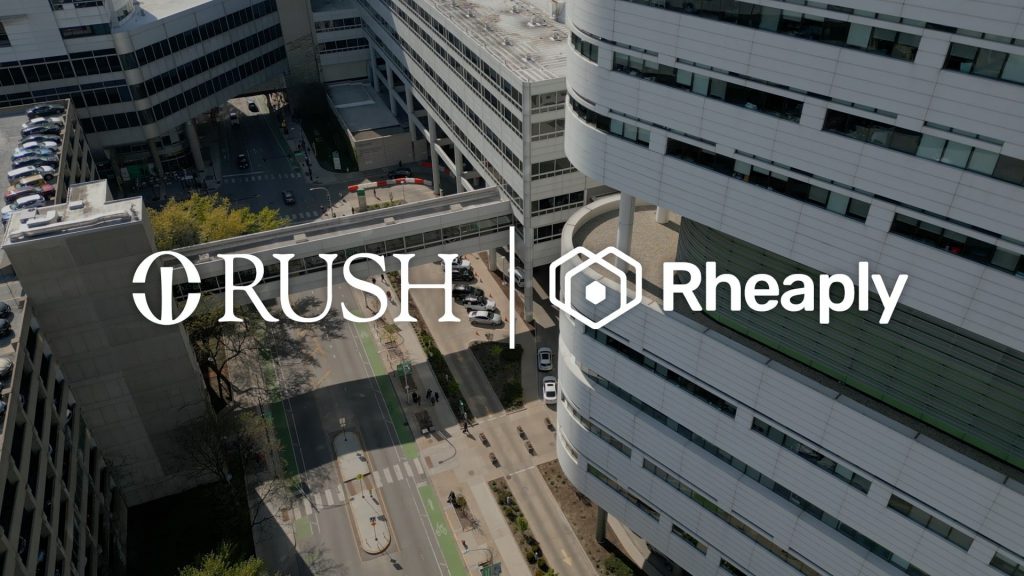Procurement Methods
Rheaply puts reuse on the table for every organization.
Procurement methods
Procurement methods is the term used to describe any activity involved in sourcing goods or services that an organization needs to continue its day-to-day operations. As we’ve witnessed with the recent COVID-19 pandemic, supply chain management is very important to the smooth operation of a business and many products and services that society enjoys. There are a few methods of procurement that are widely used across the world by organizations today, such as:
1. Open tendering
Open tendering is a competitive bidding process that is open to any vendors. An organization would release an invitation to tender (an ITT), which would give the requirements of a job that needs to be fulfilled. Potential vendors with then respond with how they can fulfill the requirements of the job and attempt to convince the company that they are the most suitable vendor. This is a highly competitive process but helps new and emerging vendors find opportunities for work since there are no invitations necessary.
2. Request for proposals (used by governments)
A request for proposal (or RFP) is another open request that an organization uses to announce a project and attract potential vendors or agencies. While there are other organization types that use RFPs, it is most commonly used by governments and tends to be the only procurement method used by governments.
3. Two-stage tendering
Two-stage tendering is a unique procurement process that consists of one price-blind round and one round where the pricing is specified. This helps organizations to select the best available solution rather than the least expensive pricing.
4. Request for quotations
A request for quotations is a quick and regularly informal process. In this situation, a company will reach out to at least three different organizations and request a quote for a good or service. The vendors do not know that they are being quoted against other offers and are not invited to compete or provide any kind of statement other than the quotation.
5. Selective tendering
Selective tendering is a request for proposals by invitation only. These vendors are chosen based on their past reputation with similar project types.
6. Single-source
Single-source tendering is typically never a best practice and is usually only used in cases of emergency situations or prior agreements. There must be a clear and highly advantageous reason to go with one sole source over investigating other alternatives.
There are, however, alternative procurement methods. Rheaply is a green procurement platform promoting circular procurement to reduce waste and improve the environment. It does this by connecting people to resources that they need. Organizations will naturally produce waste as they go about their responsibilities, from things as simple as packaging waste or an unexpected surplus of unnecessary parts. In the same vein, there is another group of people who are currently in need of those surplus parts. The Rheaply platform connects these two groups of people so that they can trade resources or simply offload/receive the resources that they need. This prevents waste and promotes efficiency in the procurement process.
What is sustainable procurement?
Standard procurement procedures are usually not concerned with the environmental cost of the method. Sustainable procurement is chiefly concerned with environmental cost. What is sustainable procurement, exactly? Sustainable procurement is a method that refers to how businesses and organizations can reduce waste and negative environmental impacts in their supply chains. Eco-conscious businesses often have sustainability criteria in a procurement policy to ensure that they are not doing harm to the best of their ability. For example, the University of California states that its Sustainable Practices Policy prioritizes environmentally friendly procurement by reducing unnecessary purchasing followed by purchasing multiple-use products before purchasing recyclable materials.
To ensure that a procurement policy is truly sustainable, it should integrate environmental and societal factors. For example, a sustainable procurement process should not in any way contribute to child labor or the use of harmful chemicals. Some sustainable procurement best practices are to:
1. Create your sustainability goals and policies
What is the main impact your business is trying to achieve with sustainability practices? Build your sustainable procurement policies around the desired result and identify incremental goal targets for an effective roll-out.
2. Evaluate your current procurement practices
Complete an audit of the vendors and strategies you currently employ for procurement. If your current methods and vendors do not align with your sustainability goals or the practices you created in the first step, you will need to establish new vendor relationships and policies to meet your goals.
3. Create a standard for procuring new vendors
After you’ve determined which vendors are no longer a fit for your sustainability practices, it will be necessary to find new ones. In order to avoid selecting vendors that are also not sustainable, create a sustainability standard for selecting vendors. It may be helpful to incorporate the International Organization for Standardization’s Sustainable Procurement guidelines into your agreement and become certified. Making sustainability certification mandatory for your future vendors would be one way to ensure that you are only interacting with sustainable providers in your new procurement process.
4. Create and celebrate a culture of sustainability in your organization
For sustainability practices to win long-term, it is helpful for every person in the organization to believe in the green procurement process. There’s more to sustainability than purely environmental factors. Invest in your people to increase the retainment and public image of your organization.
While sustainability is not a one-and-done effort, these four steps are a good start for a company beginning its sustainability journey.
Green procurement practices
Green procurement practices are meant to reduce environmental harm. However, there are also significant business advantages. Many consumers are beginning to realize the importance of green procurement practices and want to support businesses that are doing their part to participate in sustainability. Additionally, long-term sustainability plans can effectively lower costs as businesses utilize more multi-use materials rather than single-use materials. Sustainable procurement plans also lead to waste reduction, which can help businesses manage their resources better and improve efficiency, which saves money over time. Many green procurement examples can be found in cities and other local governments, such as our work with the City of San Francisco. However, businesses and organizations in every industry can benefit themselves and the environment by transitioning to green procurement practices.
Although sustainability methods are the way of the future, there are some challenges to green procurement. It can be difficult to connect with other organizations that also have sustainability standards, particularly vendors. The Rheaply Resource Exchange platform was created to solve this exact issue. In the Rheaply platform, organizations can upload and view all the available resources at hand to gain resource visibility.
This visibility makes it easy for Rheaply users to exchange their resources with other businesses and organizations to maximize value and ensure that nothing goes to a landfill. The Rheaply platform also comes in with a built-in reporting feature so that you can see the differences your sustainability practices are having on the environment and in your organization’s finances. Thanks to the Rheaply platform, one of the biggest challenges of sustainability practices – creating a network of sustainable vendors – is solved. It can also be difficult to build leadership buy-in at the beginning of a sustainability procurement journey. There may be some upfront costs associated with transitioning to green. However, green procurement processes can actually save money over time and increase public goodwill toward businesses.

Procurement methods in construction
While every industry can benefit from sustainable procurement methods and the environment benefits from sustainable practices in every industry, there is one industry, in particular, that could use special attention: construction and demolition. Procurement methods in construction are important as there is a tendency towards a lot of waste or product surplus. In home construction, a homeowner may change their tastes at the last second, resulting in unused product and materials. The use of a platform such as Rheaply could easily facilitate the safe transfer of those materials and help create green connections necessary to continue building sustainably. The Environmental Protection Agency offers multiple resources on how to choose a procurement method in construction. Rheaply makes sustainable procurement in construction more accessible by helping businesses eliminate purchasing inefficiencies and finding locally-sourced materials to reduce over-purchasing. Additionally, construction businesses using Rheaply can maximize their inventory value by placing their surplus materials for exchange, ensuring that they don’t go to waste.
Construction uses different methods of procurement than many other industries. The main procurement methods in construction are general contracting, design and build, construction management, joint venture, and private financing. One of the most traditional procurement methods in construction is general contracting. General contracting is when a company or individual has already purchased a design and needs a contractor to build the design to specifications. These methods are referred to as a way to procure construction –they don’t typically refer to the procurement process within construction itself. The procurement of materials within construction itself can be similar to the six methods discussed above. The procurement of materials in construction is a great opportunity to implement sustainable practices. Many of the materials used in construction are prone to waste. However, a construction company looking to improve its sustainability policy may look into promoting energy-efficient housing materials like insulation and windows, as well as participating in a circular economy to reduce waste. Contractors may also find reusable materials sourced from deconstruction projects.
How to improve procurement efficiency
Determining how to improve procurement efficiency is an essential part of creating any sustainable procurement plan. Rheaply plays an important role in improving procurement efficiency by creating an online marketplace where businesses and organizations can exchange resources and participate in a circular economy. However, many businesses find themselves in the position of wondering how they are going to create continuous improvement in procurement while growing their organization in a scalable and sustainable way.
Sustainability or green initiatives may also be called procurement improvement action plans. These are typically the policies put in place to ensure that an organization is following through on their sustainable initiatives. These action plans help sustainability officials by giving them clear guidelines on how to improve their procurement practices and build toward sustainability.
The Rheaply Resource Exchange Platform promotes efficiency by giving organizations the tools they need to exchange materials that they are in need of or have a surplus of. In doing this, organizations are building connections that are necessary to promote long-term sustainability endeavors. Additionally, Rheaply doesn’t have to be used to only identify external resources and materials – it can also be used to manage internal materials such as office supplies. Furniture is a huge area of procurement that can be improved. 80% of furniture ends up in landfills, where less than 1% is recycled. Using the Rheaply platform to assess and exchange office materials such as furniture is one way to greatly improve procurement efficiency and save materials from landfills.
Prioritizing reuse and multi-use items is one way to make a significant impact on procurement efficiency. Additionally, finding suppliers that use minimal packaging or no packaging at all can greatly reduce waste and create more personnel efficiency as there is less employee time dealing with waste management.


